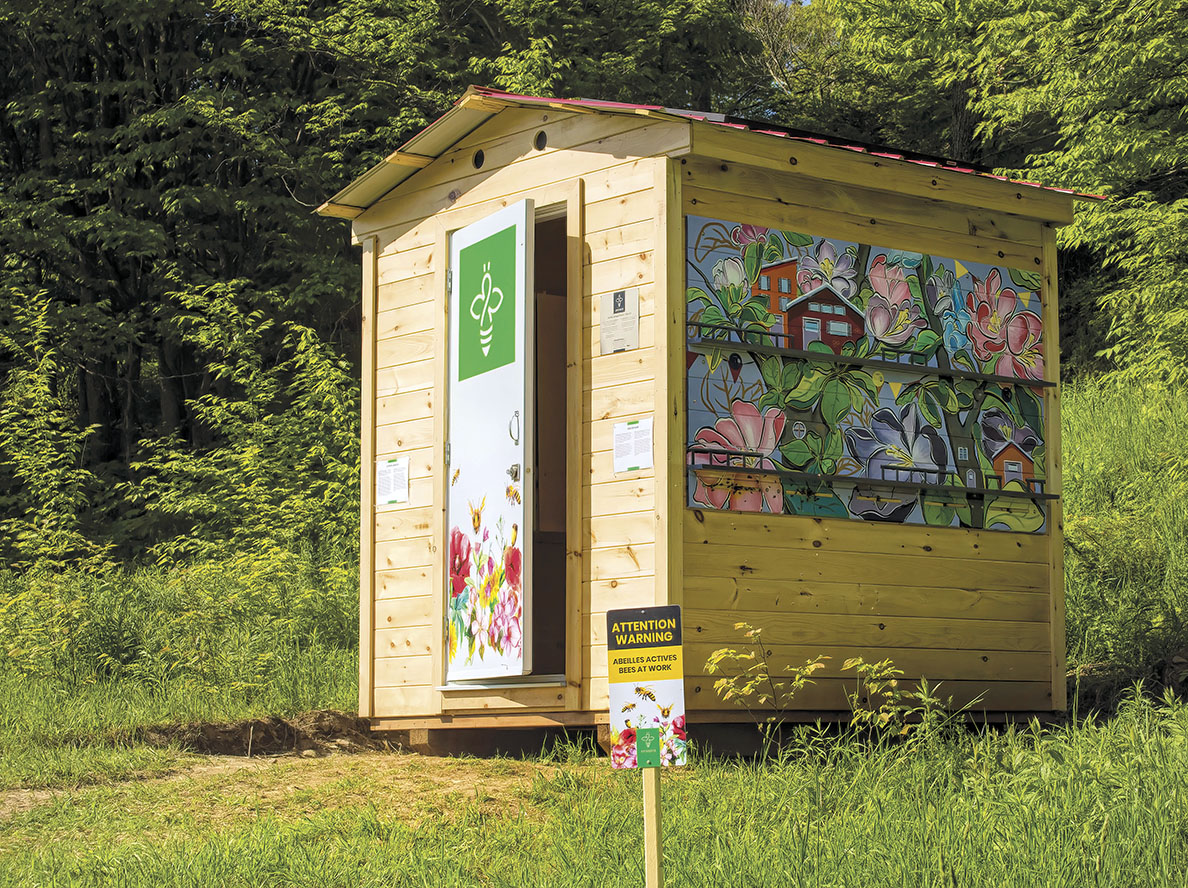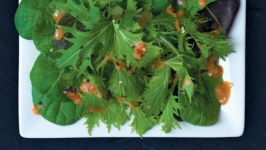Building a Better Hive — Apiverte
Have you ever noticed a cluster of chests of drawers placed in a field as if the farmer needed quick-and-easy access to a wardrobe change or fresh pair of socks?
Those stacked Lego-like boxes, known as Langstroth hives, were invented more than 150 years ago to help beekeepers manage the colony and harvest honey — and they haven't changed much since. Sure, they've worked all this time, but one box can hold up to 10 frames, each filled with honeycomb and swarming with bees. When the frames are loaded with honey, that box can weigh nearly 80 pounds. And considering that beekeepers inspect the hives and the queen, which resides near the bottom of the stack, every 10 to 14 days, it can make for a lot of heavy and awkward lifting.
Sandra Bornn and her husband, Michael Smith, are convinced it doesn't have to be that way. Since picking up apiculture as a way to overcome her fear of bees (a story for another day), Bornn, a graphic designer by day, and Smith, a mechanic, have been working feverishly to build a better bee box.
They've designed a house modelled after the easy houses that have been used in Slovenia for hundreds of years. Inside a simple structure, the beekeeper can access frames of honey "like a dollhouse," Bornn says. "You can open the door and see all the layers at once. The most you'll lift is a single frame."
It's a user-based approach designed to improve the interaction between apiarists and their bees. Bornn and Smith have adapted it to suit our North American climate — it's well-insulated and autonomous with a solar panel powering the lighting and ventilation.
Apiverte's first installations are at Juniper Farm and Franktown House Flowers in Wakefield with more sites planned for 2020. "The Gatineau Hills is one of the sweetest spots for honey," Bornn says. Farmers use organic methods to grow diverse crops and there is little to no mono-cropping within 100 kilometres.
By providing a better habitat, she hopes the bees will be more resilient, less likely to succumb to disease, pests, predators and extreme temperatures. And she'll be watching — tracking the hives' health with an eye to patenting and selling the system.
Bornn says that asking local artists to paint murals on the bee houses and placing them in a visible location on each farm is intended to make them approachable and engage more people in the plight of the pollinators, and perhaps, raise their interest in managing a hive themselves. Until then, you can sign up for a personal or company honey share with customizable labels at apiverte.ca or purchase jars of honey at Juniper Farm's store after the first harvest, expected in mid-July, and still reap the benefits of small-batch single-origin honey.








